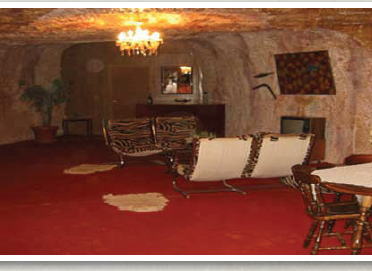FUTURE HOUSES: COULD THEY BE UNDERGROUND?
Cities are getting more and more crowded every day, especially in metropolitan areas. Tall buildings and skyscrapers are being built higher than ever before because there aren’t many empty areas left on which to build houses. The authorities are trying to solve this problem; municipalities in overpopulated cities are cooperating with city planners and architects to find solutions for the space constraints. It’s estimated that, two-thirds of the world’s population will be living in big cities by 2050. What can be the solution when there isn’t much space left and when there are still millions of people who need houses to live in? Underground houses!
Underground homes are not new to the residents of Coober Pedy as they built their houses underneath the city 100 years ago when miners realized that it was cooler beneath the ground. Therefore, building houses downwards was an effective solution for these people and they didn’t have to use air-conditioners in their houses because the temperature beneath the surface is around 23-25 degrees.
The residents in Coober Pedy were forced to do this as a result of the extreme weather conditions but it’s not the only place on Earth where authorities are trying to find places to live beneath the surface because of land shortage issues. As one of the most crowded countries in the world, nearly 5.5 million residents of Singapore have to live in a city which is only 710 km in size. Experts who design and analyze cities are currently planning to design a 300,000 m2 area 30-80m below the surface. Of course, there are many advantages and disadvantages of underground housing, but can you think of any other ways to accommodate so many people when there isn’t much space left on which to build new houses? Who knows, the future might not be in space but just underneath our feet.

